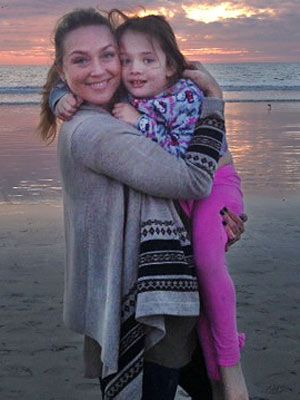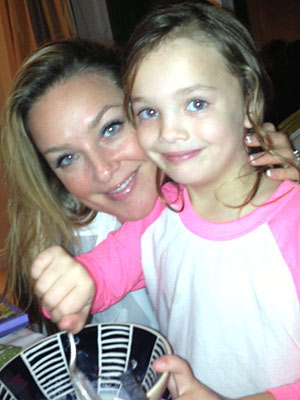ALGIERS, Algeria (Reuters) - Algerian troops found 25 bodies of hostages at a bomb-littered gas plant deep in the Sahara desert on Sunday, a day after ending a four-day siege, a security source said, raising the death toll of militants and their captives to at least 80.
Around 30 foreigners - including American, British, French, Japanese, Norwegian and Romanian citizens - are among those missing or confirmed dead after the siege, one of the worst international hostage crises in decades.
Algeria had given a preliminary death toll of 55 people killed - 23 hostages and 32 militants - on Saturday and said it would rise as more bodies were found.
The security source said that toll did not include the 25 bodies found on Sunday, which meant the total number of hostages killed - foreign and local - was at least 48. The search was not over, and more could yet be found, he said.
He also said six militants were captured alive, including two found hiding on Sunday. Troops were still searching for others. Earlier, the authorities had said all the fighters had been killed.
Among foreigners confirmed dead by their home countries were three Britons, one American and two Romanians. The missing include at least 10 Japanese, five Norwegians, three other Britons, and a British resident. The security source said at least one Frenchman was also among the dead.
Prime Minister Abdelmalek Sellal is expected to release more details at a news conference on Monday.
One-eyed veteran Islamist fighter Mokhtar Belmokhtar claimed responsibility on Sunday for the attack on behalf of al Qaeda.
"We in al Qaeda announce this blessed operation," he said in a video, according to Sahara Media, a regional website. He said about 40 attackers participated in the raid, roughly matching the government's figures for fighters killed and captured.
The fighters swooped out of the desert and seized the base on Wednesday, capturing a plant that produces 10 percent of Algeria's natural gas exports, as well as a nearby residential barracks.
They demanded an end to French air strikes against Islamist fighters in neighboring Mali that had begun five days earlier. However, U.S. and European officials doubt such a complex raid could have been organized quickly enough to have been conceived as a direct response to the French military intervention.
The siege turned bloody on Thursday when the Algerian army opened fire saying fighters were trying to escape with their prisoners. Survivors said Algerian forces blasted several trucks in a convoy carrying both hostages and their captors.
Nearly 700 Algerian workers and more than 100 foreigners escaped, mainly on Thursday when the fighters were driven from the residential barracks. Some captors remained holed up in the industrial complex until Saturday when they were overrun.
The bloodshed has strained Algeria's relations with its Western allies, some of whom have complained about being left in the dark while the decision to storm the compound was being taken. Nevertheless, Britain and France both defended the Algerian military action.
"It's easy to say that this or that should have been done. The Algerian authorities took a decision and the toll is very high but I am a bit bothered ... when the impression is given that the Algerians are open to question," said French Foreign Minister Laurent Fabius. "They had to deal with terrorists."
British Prime Minister David Cameron said in a televised statement: "Of course people will ask questions about the Algerian response to these events, but I would just say that the responsibility for these deaths lies squarely with the terrorists who launched this vicious and cowardly attack.
"We should recognize all that the Algerians have done to work with us and to help and coordinate with us. I'd like to thank them for that. We should also recognize that the Algerians too have seen lives lost among their soldiers."
LAST WORDS?
Alan Wright, now safe at home in Scotland, said he had escaped with a group of Algerian and foreign workers after hiding for a day and a night. While hiding inside the compound, he managed to call his wife at home with their two daughters.
"She asked if I wanted to speak to Imogen and Esme, and I couldn't because I thought, I don't want my last ever words to be in a crackly satellite phone, telling a lie, saying you're OK when you're far from OK," he recalled to Sky News.
Despite the incident, Algeria is determined to press on with its energy industry. Oil minister Youcef Yousfi visited the site and said physical damage was minor, state news service APS reported. The plant would start back up in two days, he said.
The Islamists' assault has tested Algeria's relations with the outside world and exposed the vulnerability of multinational oil operations in the Sahara.
Algeria, scarred by the civil war with Islamist insurgents in the 1990s which claimed 200,000 lives, insisted from the start of the crisis that there would be no negotiation in the face of terrorism.
France especially needs close cooperation from Algeria to crush Islamist rebels in northern Mali.
French troops in Mali advanced slowly on Sunday towards the town of Diably, a militant stronghold the fighters abandoned on Saturday after punishing French attacks.
The apparent ease with which guerrillas swooped in from the desert to take control of an important energy facility has raised questions over the country's outwardly tough security measures. Yousfi said Algeria would not allow foreign security firms to guard its oil facilities.
Algerian officials said the attackers may have had inside help from among the hundreds of Algerians employed at the site.
Security in the half-dozen countries around the Sahara desert has long been a preoccupation of the West. Smugglers and militants have earned millions in ransom from kidnappings.
The most powerful Islamist groups operating in the Sahara were severely weakened by Algeria's secularist military in the civil war in the 1990s. But in the past two years the regional wing of al Qaeda has gained fighters and arms as a result of the civil war in Libya, when arsenals were looted from Muammar Gaddafi's army.
(Additional reporting by Balazs Koranyi in Oslo, Estelle Shirbon and David Alexander in London, Brian Love in Paris and Daniel Flynn in Dakar; Writing by Peter Graff; Editing by Myra MacDonald)











